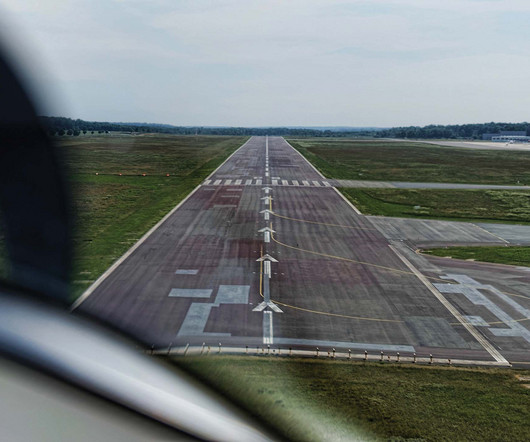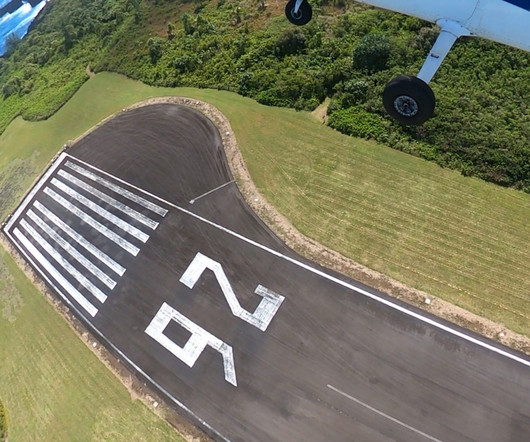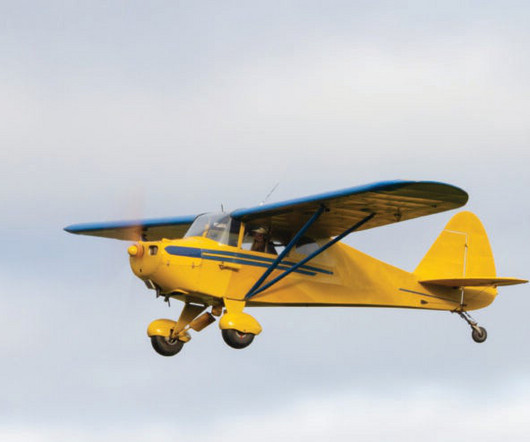How to Read a Windsock
Pilot Institute
JANUARY 3, 2025
It acts as a real-time visual indicator of wind direction and speed, helping you make important decisions. Although modern airports utilize advanced weather monitoring systems, windsocks are still valuable because they provide immediate, visual feedback that you can rely on. Let’s see how to figure out the wind direction.
















Let's personalize your content